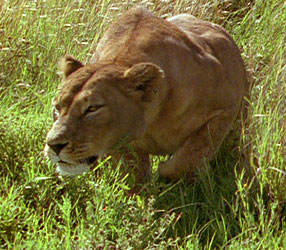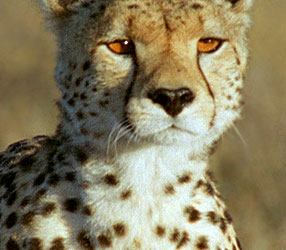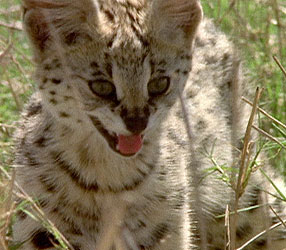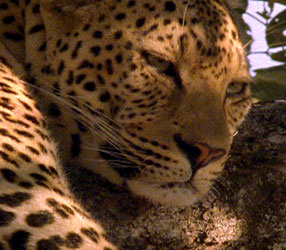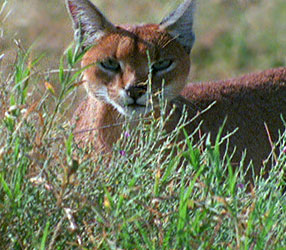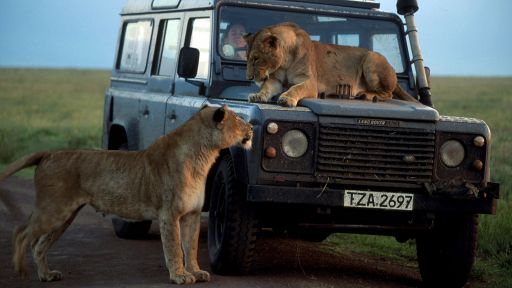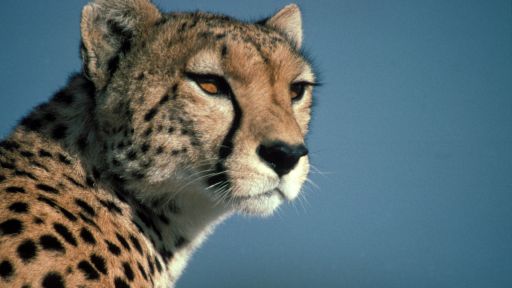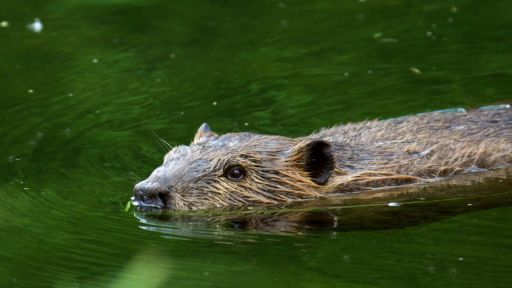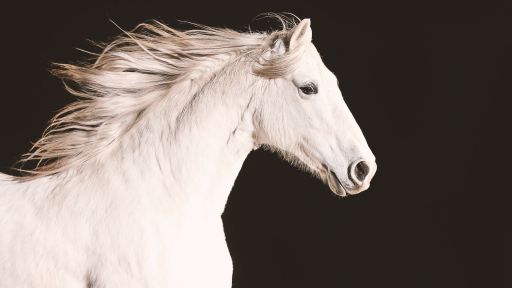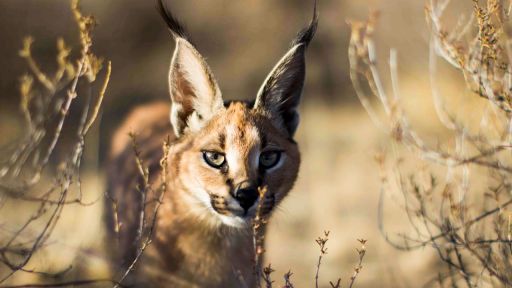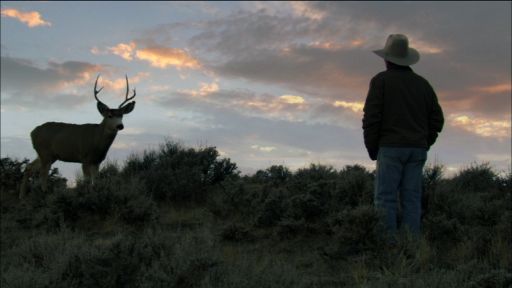LION
- Species Name: Panthera leo
- Habitat: Eastern and southern Africa. Prefers grasslands, forests and edges. Threatened species; population estimates range from 20,000 to 100,000.
- Reproduction: Three to 4 cubs that mature at 2 to 4 years, and live up to 20 years.
- Diet: Antelope, gazelle, and wildebeest. Lionesses hunt cooperatively, but males typically get the first meal. Females and cubs eat next.
Lions are the only big cat to live in highly structured social groups called “prides.” Prides can include up to 40 lions, mostly females and cubs. Territories can cover up to 200 square miles. Males can grow up to 10 feet long and weigh 500 pounds, females significantly less.
CHEETAH
- Species Name: Acinonyx jubatus
- Habitat: Once roamed the Middle East to South Africa. Today, less than 25,000 remain due to habitat loss, mostly in east and central Africa. Prefers open grasslands.
- Reproduction: Two to 4 cubs that mature in 18 months and live up to 14 years.
- Diet: Gazelle, impala, antelope, and large birds. Suffocates prey with a bite to the neck.
Built for speed, the cheetah is the world’s fastest cat, able to sprint at up to 60 miles per hour. Claws are permanently extended, like cleats. Adults weigh up to 100 pounds. Cheetahs do not roar, but instead make bird-like “cheeps.”
SERVAL
- Species Name: Leptailarus serval
- Habitat: Most of central Africa outside the Sahara. Prefers open grasslands and relatively open forests, typically near water. A threatened species in some areas due to wetland loss and hunting for its coat and meat.
- Reproduction: One to 3 cubs that mature at 18 to 24 months and live up to 19 years.
- Diet: Smaller mammals, birds, and frogs.
The serval is an unusually long-legged small cat that can grow to three feet long and two feet high. A great leaper, it can jump 12 feet (and up to 3 feet high) when pouncing on prey. The serval can grab birds and insects in mid-air by “clapping” its paws together. It also uses sophisticated hearing to pinpoint prey.
LEOPARD
- Species Name: Panthera pardus
- Habitat: The most widespread large cat. Found in much of Africa outside the Sahara, throughout the Middle East, southern Asia, and on Java and Sri Lanka. Favors forest edges and brushy areas. Threatened species due to habitat loss and hunting.
- Reproduction: Breeds in January or February, producing 2 to 3 cubs. Mature at 18 to 24 months and can live to 25 years.
- Diet: Everything from insects and rodents to large grazers such as giraffe and buffalo. Patient stalker; suffocates large animals with bite to the neck.
The leopard is one of the “roaring” cats and produces loud, raspy coughs. It climbs in trees in search of prey, to rest, and to store food. The leopard often hunts at night. Its size ranges from 3 to 5 feet long, and 60 to 200 pounds.
CARACAL
- Species Name: Caracal caracal
- Habitat: Central and Southern Africa, the Middle East, and Southern Asia. Prefers dry savanna and rugged scrubland. Not found in rainforests. Threatened in portions of its range due to habitat loss and hunting.
- Reproduction: One to 6 kittens that mature in 12 to 16 months and live up to 19 years.
- Diet: Smaller mammals, birds, and reptiles. Will drag prey into trees.
The caracal is the largest of the small cats. It has notable pointy ears topped with black tufts. It can survive long periods without water. The caracal is a great leaper and is known to knock small birds out of the air.

